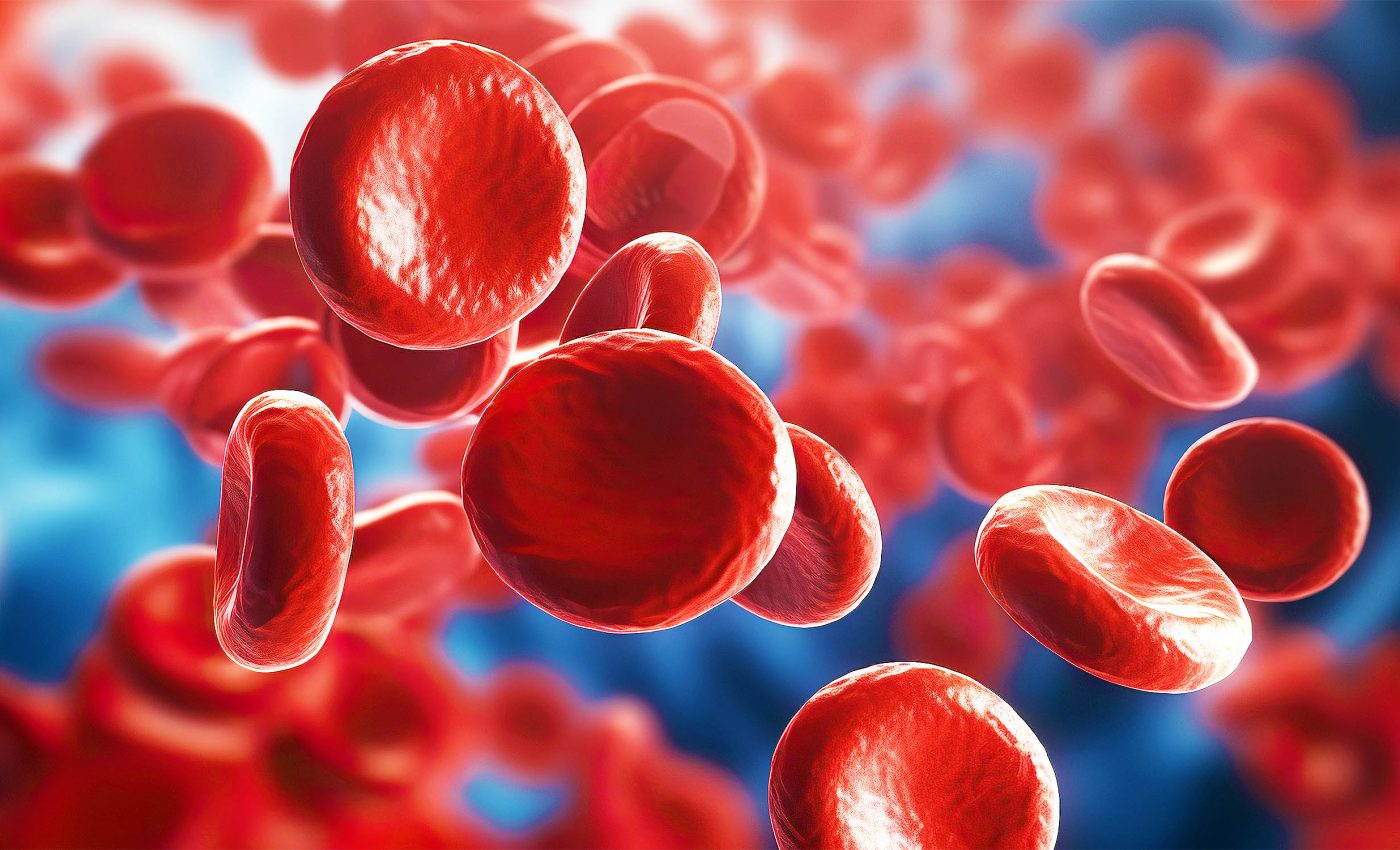
Blood stem cells grown in the lab for the first time ever
The “Eureka!” moment in the world of science doesn’t always come with a bolt of lightning or an apple falling on a head. More often, it’s the result of countless hours of careful lab research and painstaking work. One such momentous breakthrough in the field of blood stem cell research was recently accomplished by an industrious team of Melbourne researchers, bringing hope to the frontline of pediatric leukemia and bone marrow failure disorder treatment.
Landmark blood stem cell achievement
When you imagine medical science leaping forward, it is just this kind of breakthrough you picture. It is a world-first. A team led by the Murdoch Children’s Research Institute (MCRI) has, for the first time globally, developed lab-created blood stem cells that closely resemble those found in the human body.
This accomplishment has unlocked a challenging barrier in producing human blood stem cells, capable of creating red blood cells, white blood cells, and platelets, that closely match those in the human embryo.
MCRI Associate Professor Elizabeth Ng, one of the dedicated scientists on the team, expressed her excitement over this significant leap in human blood stem cell development, and for good reason.
“The ability to take any cell from a patient, reprogram it into a stem cell, and then turn these into specifically matched blood cells for transplantation will have a massive impact on these vulnerable patients’ lives,” she shared.
“Prior to this study, developing human blood stem cells in the lab that were capable of being transplanted into an animal model of bone marrow failure to make healthy blood cells had not been achievable. Importantly, these human cells can be created at the scale and purity required for clinical use.”
Blood stem cells success story
The method has been successful for many, including Riya Mahajan, who was diagnosed with aplastic anemia, a dangerous blood disorder, at age 11. Riya’s journey is one of pain, uncertainty, and hope.
A perfect bone marrow donor eluded them, forcing her mother, Sonali, to step in as a partial match. Despite the complications, Riya’s family clung to hope, and today Riya, now 14, is back at school with her friends, her painful ordeal behind her.
Reflecting on her family’s experience, Sonali had high praise for MCRI’s research. “This research will come as a blessing to so many families.
The fact that one day there could be targeted treatments for children with leukemia and bone marrow failure disorders is life changing,” noted Sonali.
Future of personalized treatment
The implications of this research are tantalizing. Imagine the relief of being told that your child’s treatment can be personalized, potentially sparing them the harsh rigmarole that Riya, and countless other kids, have had to endure.
This research paves the way for a future where scientists can take patient-specific cells, reprogram them as stem cells, and then create specifically matched blood cells for transplantation.
The capacity to replicate this process safely and productively places countless lives on the precipice of hope and relief.
There’s a lot to be said about the relentless spirit of researchers like Professor Ng, Professor Ed Stanley, and Professor Andrew Elefanty, all principal investigators at the Melbourne node of the Novo Nordisk Foundation Center for Stem Cell Medicine (reNEW).
The path forward
The task ahead is by no means small. Assuring the safety and effectiveness of the technology forms the crux of the next stage.
But the dedication and determination of this team of researchers are not to be underestimated. With government funding, they aim to conduct a phase one clinical trial to test the safety of using these lab-grown cells in humans, possibly within five years.
It’s heartening to see how medical science’s cutting-edge developments have the potential to impact lives, especially those of children with blood disorders.
For families like Riya’s, caught in the whirlwind of diagnosis, treatment, and uncertainty, these strides in blood cell research offer a beacon of hope.
Never underestimate the determination of those in pursuit of medical breakthroughs. As we witness this pioneering research unfold, it’s incredible to think of the countless lives that stand to be impacted.
So, let’s continue celebrating these achievements in science, for they are our stepping stones to a healthier, brighter future!
The study is published in the journal Nature Biotechnology.
—–
Like what you read? Subscribe to our newsletter for engaging articles, exclusive content, and the latest updates.
Check us out on EarthSnap, a free app brought to you by Eric Ralls and Earth.com.
—–













